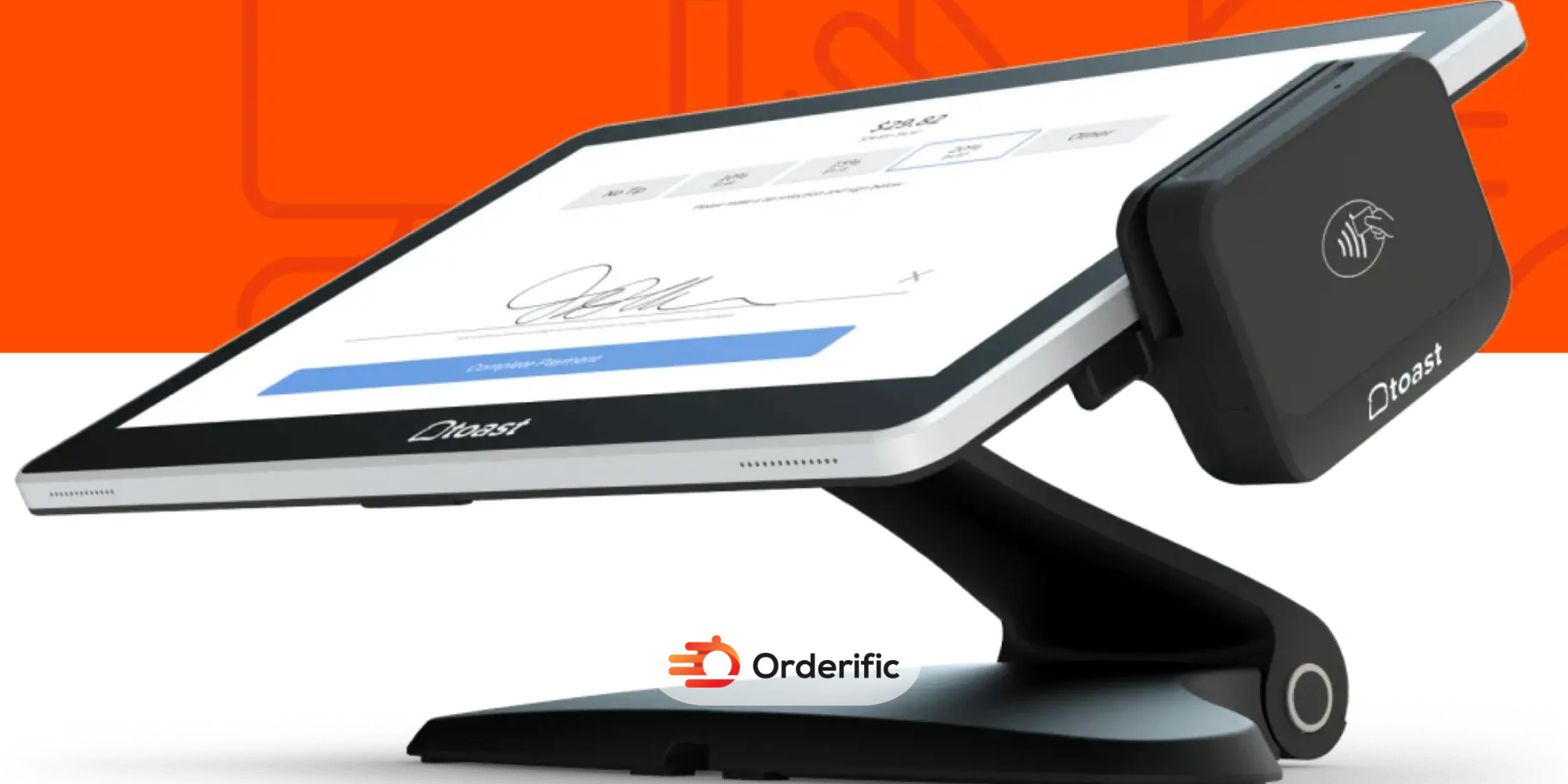Welcome to your new best friend in inventory management – the Inventory Turnover Calculator! It’s an essential tool designed to help you optimize your stock control, boosting your business’s profitability by revealing critical insights about your inventory. It calculates your inventory turnover ratio, a key metric that indicates how frequently you’re selling and replacing your goods in a given period.
Ever wondered why some products sit on your shelves collecting dust while others fly off almost as soon as they’ve landed? The magic of inventory turnover lies in its ability to answer such questions. With this calculator, you’ll be able to pinpoint exactly how efficiently you’re selling your goods, what’s hot and what’s not, and make informed decisions about reordering. By mastering your inventory, you’re not just organizing shelves – you’re setting your business up for success.
What is Inventory Turnover?
Inventory turnover, also known as stock turnover, is a financial ratio that measures how quickly a company sells and replaces its inventory within a specific time frame. It’s calculated by dividing the cost of goods sold by the average inventory in a given period. The result shows how many times your inventory has been sold and replaced during that time.
A high inventory turnover means your goods sell quickly, indicating strong demand and efficient inventory management. On the other hand, a low turnover suggests slow-moving stock, potential overstocking, or poor sales performance. By tracking your inventory turnover ratio regularly, you can identify potential problems and take corrective action before they impact your business’s bottom line.
What does Inventory Turnover Measure and Tell Me About My Business?
Inventory turnover measures how quickly your goods are being sold and replaced. This metric can provide valuable insights into the health of your business and how well you’re managing your inventory.
Firstly, it can indicate customer demand for your products. A high turnover ratio means there is strong demand for your goods, while a low ratio suggests otherwise. By understanding the popularity of your products, you can make informed decisions about which items to restock or discontinue.
Additionally, inventory turnover can also reveal how well you’re managing your stock. A low ratio may indicate that you have too much inventory on hand, leading to potential storage and carrying costs. On the other hand, a high ratio could suggest that you’re not stocking enough of certain products, resulting in lost sales.
What is the Formula?
Let’s get into the specifics of how we calculate the inventory turnover ratio. Don’t worry, it’s a straightforward formula that anyone can master!
Step 1: Calculate Your Average Inventory (AI)
To calculate your average inventory, add the beginning and ending values of your inventory in a given period and divide by two. The formula looks like this:
AI = (Beginning Inventory + Ending Inventory) / 2
Step 2: Calculate Your Cost of Goods Sold (COGS)
Your cost of goods sold is the total cost of all your inventory sold during a specific period. It can be calculated using this formula:
COGS = Beginning Inventory + Purchases – Ending Inventory
Step 3: Calculate Your Inventory Turnover Ratio (ITR)
Using the values from steps one and two, we can now calculate your inventory turnover ratio by dividing your COGS by your average inventory. The formula is as follows:
ITR = COGS / AI
How to Calculate
Now that we know the formula, let’s put it into action with a simple example.
Let’s say your beginning inventory for the year is $50,000, and your ending inventory is $30,000. Your purchases throughout the year totaled $120,000. Using our formula from step one:
AI = ($50,000 + $30,000) / 2 = $40,000
Now, using the formula from step two:
COGS = $50,000 + $120,000 – $30,000 = $140,000
Finally, using the values from steps one and two in our ITR formula:
ITR = $140,000 / $40,000 = 3.5
How Should I Use Statistics?
Inventory turnover statistics can be used in various ways to improve your business’s performance. Some ways include:
- Comparing your inventory turnover ratio to industry benchmarks: This will give you an idea of how well you’re doing compared to your competitors and help identify areas for improvement.
- Tracking changes over time: By regularly calculating and comparing your inventory turnover, you can see if there are any patterns or trends and adjust your inventory management strategies accordingly.
- Identifying slow-moving items: A low inventory turnover ratio can indicate products that are not selling well. By pinpointing these items, you can make decisions on whether to discontinue them or try new marketing tactics to boost sales.

What is a Good Inventory Turnover?
The ideal inventory turnover ratio varies depending on the industry and type of business. Generally, a high turnover is desirable as it indicates efficient inventory management and strong demand for your products. However, what constitutes a “good” inventory turnover will also depend on your specific business goals and strategies.
For example, a retailer may aim for a higher turnover to keep up with changing trends and seasonality, while a manufacturer may have a lower turnover due to longer production cycles. It’s essential to analyze your inventory turnover in the context of your business and make adjustments accordingly.
What is Deadstock?
Deadstock, also known as obsolete inventory, is a term used to describe goods that have not been sold and are unlikely to be sold in the future. They may be damaged, outdated, or simply unpopular with customers. Deadstock ties up valuable space and resources and can significantly impact your business’s bottom line if not managed effectively.
By regularly calculating your inventory turnover ratio, you can identify potential deadstock and take action to prevent it from accumulating. You can also use this information to negotiate better deals with suppliers or adjust your purchasing strategies.
What is the Days Sales Inventory (DSI)?
Days Sales Inventory, also known as Days Inventory Outstanding (DIO), is another inventory metric that measures the number of days it takes for a company to sell and replace its inventory. It’s calculated by dividing the average inventory by the cost of goods sold and multiplying by the number of days in the period.
DSI can provide insights into how long your inventory sits on shelves before being sold and how quickly you’re replenishing stock. By comparing your DSI to industry averages, you can identify opportunities for improvement in your inventory management processes.
Conclusion
Inventory turnover is a critical metric that can provide valuable insights into the health of your business and how well you’re managing your inventory. By regularly calculating and analyzing this ratio, you can make informed decisions about your stock levels, identify potential issues, and optimize your inventory management processes.
With our Inventory Turnover Calculator, you can effortlessly measure this key metric and take control of your inventory to boost profitability. So go ahead, give it a try, and see the difference it can make for your business!
Click here for more informative advice with Orderific. To start experiencing the great benefits Orderific can bring to your business, click here now. Try Orderific!
FAQs
What is an inventory turnover calculator, and how does it help assess business efficiency?
An inventory turnover calculator is a tool used to measure the efficiency of a company’s inventory management processes.
What impact does a high inventory turnover ratio have on a company’s operations and profitability?
A high inventory turnover ratio indicates efficient inventory management and strong demand for products, potentially leading to higher profitability.
Are there specific industries or business types where the inventory turnover calculator is particularly useful?
The inventory turnover calculator can be useful for any industry or business type that manages inventory.
How often should a company calculate its inventory turnover ratio?
It’s recommended to calculate the inventory turnover ratio at least once a month to track changes over time and make informed decisions about inventory management.













